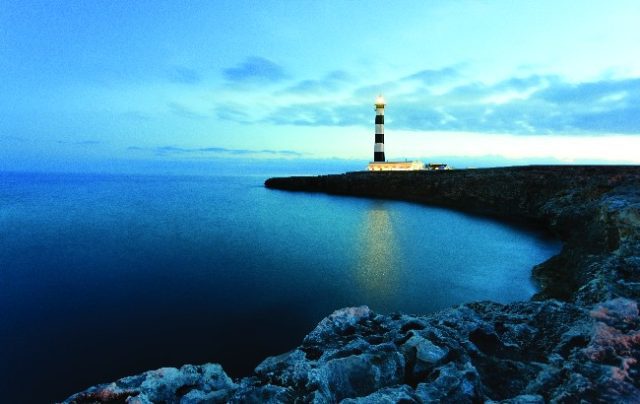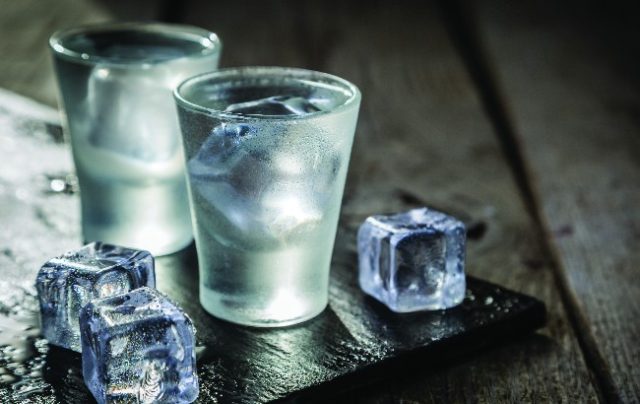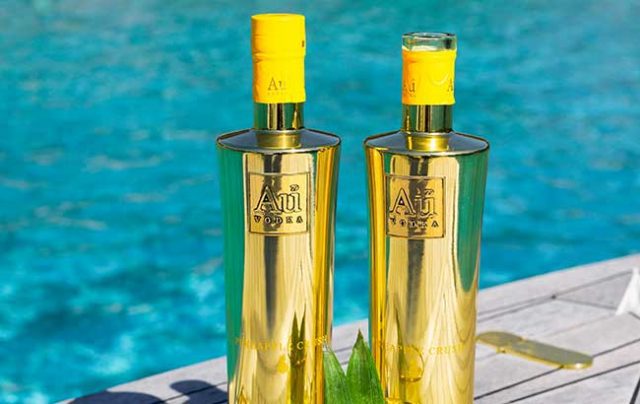World Spirits Report 2022: Vodka
The Covid-19 pandemic set back the growth rate of the alcohol sector by several years – and now the industry is facing new challenges. We explore the state of each spirit category and reveal the brands to watch in the year ahead, beginning with vodka.

Russia’s invasion of Ukraine this year has weakened the global economy through significant disruption in trade, and rocketing prices for energy, causing high inflation and igniting the cost-of-living crisis. Distillers are seeing double-digit, and in some cases triple-digit increases for energy, shipping, glass, and raw materials. A recession is also on the horizon for important spirits markets, such as the UK.
Spiros Malandrakis, head of research – alcoholic drinks, Euromonitor International, says Western Europe and North America are “starting to see significant signs of a slowdown already”. He expects growth rates to be more moderate for the spirits industry, however he notes the spirits sector has “proved to survive and thrive in times of crisis. I do see a moderation for one-and-a-half to two years. My long-term projections for spirits are positive.”
A report by Dutch financial-services company Rabobank on the impact of the recession predicts the demand for super-premium wine and spirits brands in the US will drop by mid-single digits in 2023. A recession, however, could benefit traditional categories such as English gin in the UK, and Bourbon in the US as drinkers “embrace the past”, Malandrakis says.
He notes that one “big question mark” is the on-trade. “Many hospitality businesses are barely surviving after the past three years. Many of them will go to the wall after massively inflated costs, from heating to electricity,” he warns. “That’s the channel that I’m mostly worried about. It’s a very bleak situation.”
Despite the challenges, it’s not all gloom. “Spirits have seen a strong rebound post-pandemic,” says Jose Luis Hermoso, IWSR Drinks Market Analysis research director. “Premium-and-above spirits price bands also grew strongly in H1 2022, with much of the growth generated by agave-based spirits in the US, although growth was also driven by premium-plus gin, rum, malt Scotch, and US and Irish whiskey.”
The past year has seen agave spirits continue to soar, led by the US, while no-and-low-alcohol ‘spirits’ also grew strongly, although from a small base, says Hermoso.
‘Selective uptrading’ has also been touted as a key trend, with consumers exploring other categories with more affordable price tiers. “In response to constrained incomes, consumers are more selective about which brands they buy and how often, while trying to save money on more quotidian beverage categories,” says Hermoso. “It also aligns with a growing trend towards moderation, not only for wellbeing reasons, but for economic ones as well.”
Vodka

The vodka category appears to be in rude health, with the million-case segment of the sector performing remarkably well in 2021, with just a handful of brands experiencing volume declines.
According to market research provider Euromonitor International, the vodka sector is expected to grow its volume to 334 million nine-litre cases by 2023. This is compared with 327.1m cases in 2021, and a projected 327.8m by the end of 2022.
“The vodka category was the largest white spirit category worldwide in 2021, and the category is still growing and becoming more globalised every year,” says Quentin Meurisse, vice-president of business acceleration and planning, commercial and marketing, The Absolut Company, excluding baijiu.
Diageo attributed its double-digit vodka sales growth in fiscal 2022 to a 300% upswing in cocktail consumption both at home and in the on-trade. The Smirnoff producer saw vodka sales soar by 11% in the year ending 30 June 2022.
Speaking to The Spirits Business this year, Dayalan Nayager, Diageo’s president for Africa, said: “The key thing we’ve seen with vodka is the growth of cocktails. You look at what’s happened with cocktails in the past two years, and it has massively exploded.
“From 2019 to now, cocktails have grown 300% in the UK, and if you look at the make-up of the cocktails, 50% of the top 10 most popular cocktails are vodka-based.”
This year saw Russian vodka brands removed from bars and supermarket shelves in the UK after the country began a war against Ukraine in February. The US government put sanctions on state-run liquor stores to stop selling Russian-made vodka and spirits. A number of major drinks companies including Diageo, Brown-Forman and Pernod Ricard pulled out of Russia, a profitable vodka market, in support of Ukraine. This abstention from Russian brands has left the country’s spirits – particularly vodka – in a “precarious position”, said analyst Global Data.
Meanwhile, the cost-of-living crisis and a looming recession could also boost standard-priced vodkas. Scottish vodka Glen’s received its first major brand refresh in almost 20 years to help it stand out on shelves, and appeal to customers seeking value.
Looking to 2023, Meurisse cites trends such as lower-ABV products and vodkas “developed to reflect the growing interest in the distillation process.
“We also anticipate the category to see more collaborations with celebrities and influencers, as has been common in Tequila brands over the past years,” he adds. He also noted collaborations with “adjacent industries” like the collaboration between Absolut and Flandrien festival Tomorrowland.
Brands to watch in 2023
Absolut

Pernod Ricard-owned Absolut is a brand that hasn’t slowed down in recent years. For the year ending 30 June 2022, Absolut experienced a “record year”, according to Quentin Meurisse, breaking the 12-million case milestone after volume sales rose by 18%. Following a redesign of its flavoured range, the brand will have a strong focus on its flavours over the coming 12 months. It will also continue its deployment of global platform Born to Mix, which personifies popular Absolut cocktails.
Cîroc

P Diddy-backed Cîroc returned to growth in 2021 after several years of decline, as revealed in The Brand Champions 2022 report. The Diageo-owned brand capitalised on growth in flavoured vodkas, adding new variants to its range over the past year, including a passionfruit flavour. The brand is also aiming to continue its partnerships with influencers, with Cîroc recently recruiting a number of celebrities for its first UK campaign.
Au Vodka

Backed by DJ Charlie Sloth, Welsh brand Au has garnered an impressive following on social media. Au Vodka’s turnover grew from US$1m to US$54m over the past two years with its e-commerce business boasting a 10,000% increase in revenue from US$30,000 in 2019 to more than US$6.7m in 2022. The brand also recently entered the US in three states, and has ambitious plans to dominate the market in the year ahead.
Related news
Cocktail stories: Speed Bump, Byrdi
